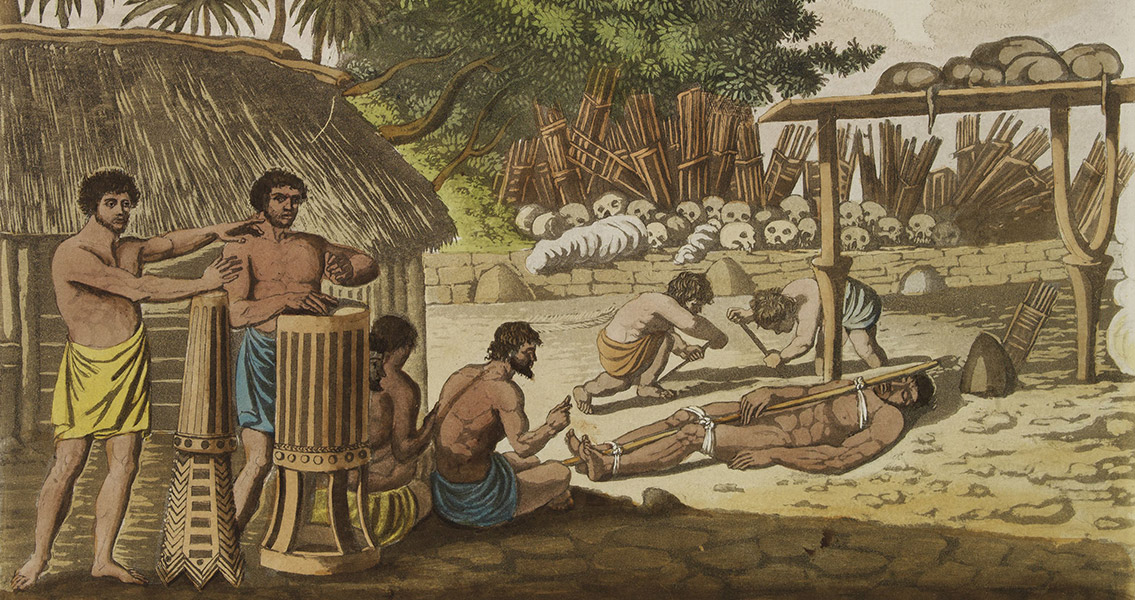<![CDATA[Until 12,000 years ago Austronesian societies lived within largely egalitarian, classless hunter-gatherer cultures, but then the development of hierarchical societies began – a system whereby wealth and power were centered on the ruling elite. A new study suggests elaborate human sacrifices in these ancient societies like crushing a victim under a newly constructed canoe or decapitating a victim after they had been rolled off of a house were the foundation of some class-based groups in modern Austronesian societies. Key points of the study include; 40 of the 93 Austronesian cultures studied practiced human sacrifice, the victims were typically of low status, and the initiators were elites like chiefs or priests. Joseph Watts with the University of Auckland, a coauthor of the study, told Nature, “Unpalatable as it might be, our results suggest that ritual killing helped humans transition from the small egalitarian groups of our ancestors, to the large stratified societies we live in today. Our study shows in these early stages that human sacrifice might have helped to build and sustain the social class systems." Human sacrifice, which is defined as, “the ritual and deliberate killing of an individual to appease a supernatural power”, supported the class system in a variety of ways; it punished taboo violations, demoralized the underclass, established class boundaries and caused fear of the elites. Additionally, it minimized the possibility of retaliation by the victim, allowing the responsible parties to shift blame to the “gods” who demanded the sacrifice. The team included researchers from New Zealand, Australia, and Germany, who analyzed a total of 93 cultures over a region which covered a third of the world’s latitude and more than half of its longitude – from Rapa Nui to the east, to Madagascar in the west, and New Zealand to the south. The social systems studied ranged from small kin-based egalitarian societies to large and complex chiefdoms living in environments from island continents to tiny atolls. The team recorded the absence or presence of human sacrifice and the amount of social stratification for each of these groups. Models were then developed to determine whether social hierarchies and human sacrifice co-evolved. The results showed that human sacrifice was present in 43% of the 93 cultures, but it was practiced in only 25% of the societies determined to be egalitarian. Furthermore, the occasions where human sacrifice took place commonly included when a social taboo or custom had been broken, as part of the funeral for a chief or high-ranking elite, and the completion of construction of a boat or house. Nature quotes Watts as saying, “They didn't have the same kind of societies as the Aztecs and Mayans with temple structures, but had other elaborate rituals.” These rituals included drowning, burning, strangulation, burial, and bludgeoning in addition to the above mentioned methods of sacrifice. ]]>
New Study Looks at the Politics of Human Sacrifice
